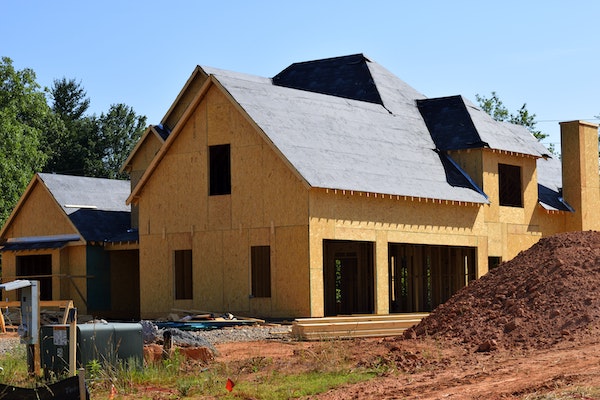Hundreds of thousands of homes are affected every year by natural disasters in the U.S, causing upwards of $300 billion in damages every year. We hope that you will never have to experience the devastation of a natural disaster. But should that happen, it’s crucial to be prepared in advance. Knowing what to expect and how to respond is the fastest road to recovery.
Here’s what you need to know to rebuild your life and home should you be the victim of a natural disaster.
Before Returning Home
The eagerness to return to the comfort of your home is understandable, but remember to hold off until local officials declare it safe to do so.
If you’re already aware that the damage is too extensive to return to living at home, seek assistance from our local Transitional Shelter Assistance (TSA) program. They provide financial aid for a hotel stay as they look for a long-term housing solution. Find qualifying Federal Emergency Management Agency (FEMA) hotels on the official FEMA website.
Upon Returning To Assess Damage
Once officials have given the green light to return home, inspect the exterior of your home before entering. Watch out for loose power lines, exposed wires, the smell of gas, and any structural damage that could pose a threat. Do not enter any flooded areas as it may contain hazardous materials, and be mindful of wildlife as they may have taken refuge in the debris.
If you’re unsure about your home’s safety, request an inspection by a building inspector or structural engineer.
As you cautiously assess your property, be sure to take photos to document the extent of the damage as your insurance agent will need this information to expedite your claim. Images also help with “casualty loss deductions” from the IRS.
Home Loan Programs for Rebuilding
If your home is in an area that has been declared a national disaster, you may be eligible for an FHA 203(h) home loan. This loan program assists individuals whose homes are considered a complete loss. This government-insured loan is 100 percent financed and requires zero down payment. Most displaced homeowners, and even renters, will qualify, given that their FICO score is above 580.
Another perk of this loan is that you have the option to rebuild or purchase a new home anywhere, not just in the area where your home was before the disaster. The deadline to apply for 203(h) loans is within a year from the date the natural disaster is first declared, so it’s vital to apply as soon as possible.
If your home was impacted, but the area was not declared a disaster area, then you’ll want to look at a renovation loan like an FHA 230(k). This government-insured loan will allow you to refinance repairs at a low rate.
Rebuilding takes a toll, both emotionally and materially. Often, the emotional loss from a disaster can feel much heavier than the financial burden of rebuilding. Seek out emotional support by contacting your local faith-based organization, voluntary agency, or a professional counselor if you’re struggling with the stress. And know that you can count on us to help you navigate your financial options for rebuilding






